Great Transitions: The Origin of Humans – Rob Whittlesey – HHMI (2014)
What did the common ancestor of Humans and chimpanzees looked like? This is not something we can triangulate simply by looking at a modern chimpanzee and Human. All the evidence points that Africa is the home continent for primates. Paleontologists are working hard to find the fossils that help us understand the key stages in Human evolution. Molecular genetic analysis of modern Human and chimpanzee revealed a very high degree of similarity. Through DNA hybridization experiments it was estimated that […]

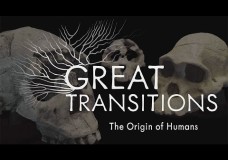
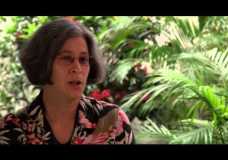
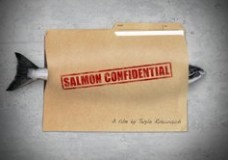
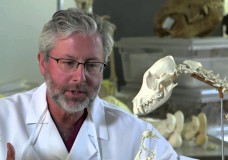
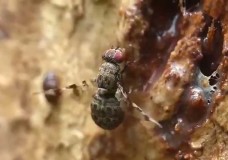
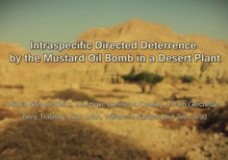
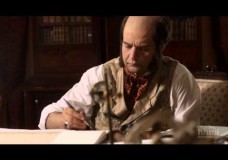
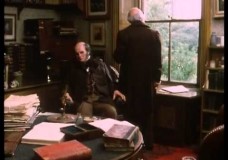
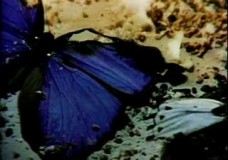

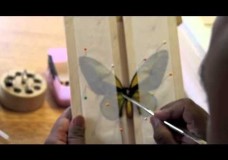
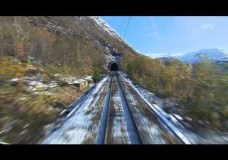

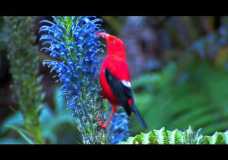


Recent Comments